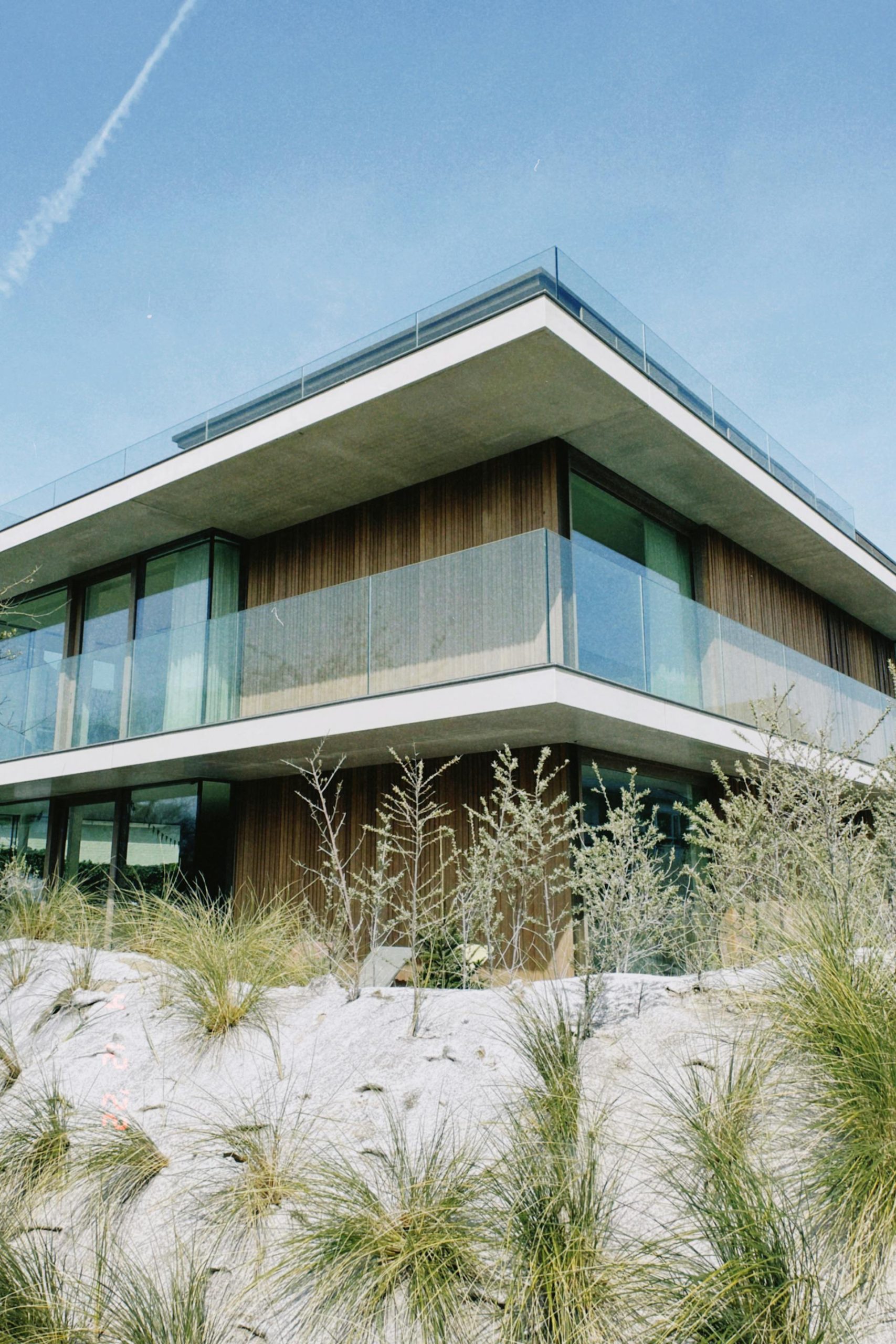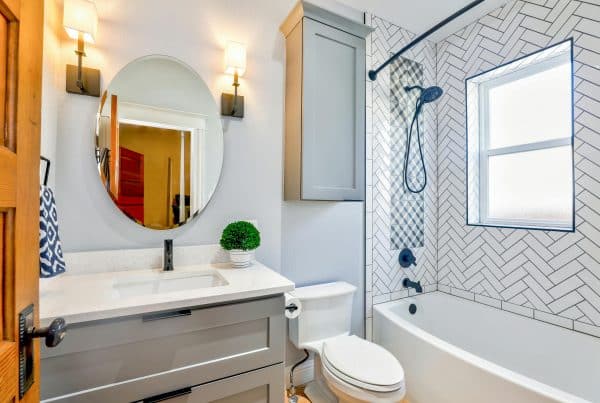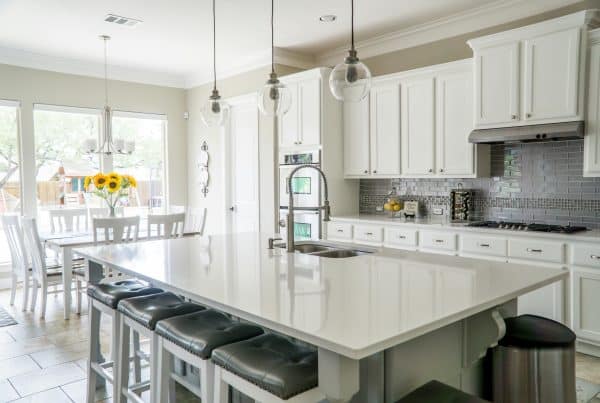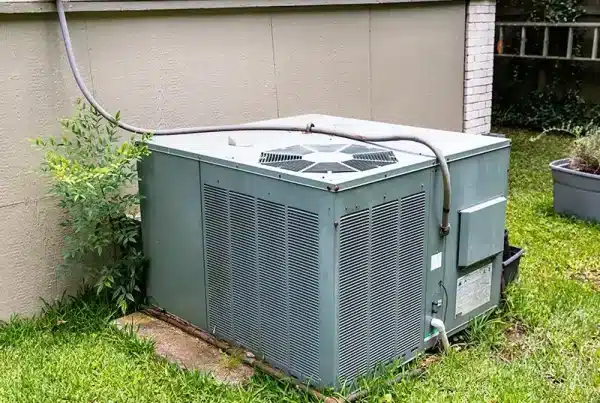Desert modern homes have long impressed homeowners with their open floor plans, abundant natural light, and sleek, minimalist designs. Interestingly, in the mid-20th century, this style reimagined traditional architectural norms by embracing what, at the time, was bold and unexpected.
To learn more about desert modern homes, continue reading our compilation of 9 fascinating facts. And if you’re considering purchasing a new home, don’t forget to explore available options in Las Vegas using our Home Search tool.
Desert Modern architecture, like many design styles, has evolved over time and can vary significantly depending on the specific architect, location, and era of construction. While this article describes many classic features of desert modern homes, you may encounter variations that differ from these descriptions. If you have any questions, our real estate experts are here to answer. Contact us today!
Desert Modern vs Desert Contemporary
Before we dive into the 9 facts about desert modern homes, we should first cover the differences between desert modern and desert contemporary styles. While these styles share similarities, they do have distinct characteristics, so it’s worth outlining them to avoid confusion.
The Main Difference: The main difference is that desert modern homes are closely tied to mid-century design principles and the specific challenges of desert living. By contrast, desert contemporary homes more closely reflect current architectural trends and preferences.
Let’s take a look at other specific differences.
Time Period: A major difference between the two styles is their respective time period. Desert modern architecture came into prominence from the 1940s to the 1960s. Desert contemporary architecture, by contrast, is a more recent style that is still evolving.
Design Elements: Desert modern and desert contemporary homes differ in their design elements. Desert modern homes are characterized by flat or gently sloping roofs, a lack of ornate decorations in favor of a more minimalist feel, expansive windows, glass sliding doors, and open-concept layouts. By contrast, desert contemporary homes are more diverse and often experiment with varied roof structures and a wider range of building materials.
Interior Layout: Desert modern interiors feature open layouts and, often, smooth transitions between indoor and outdoor areas. Moreover, they emphasize simplicity and the use of built-in furniture and storage to maintain a tidy, functional space. By contrast, desert contemporary homes have more versatile interior spaces. While still open concept, they tend to have separate, defined areas, such as partitioned living rooms.
Materials: Desert modern homes use steel, glass, and concrete, as well as materials like aluminum, stone, adobe, stucco, and more. These materials are chosen for their ability to withstand harsh desert conditions. By contrast, desert contemporary designs incorporate a broader range of materials, reflecting more recent architectural trends.
Note: While concrete is a common component in desert modern homes, a variety of other materials are also used. Desert modern homes often feature walls made from temperature-regulating materials like adobe, stucco, and rammed earth. Interiors often incorporate light wooden beams and textured plaster walls.
Want To See An Example of A Desert Modern Home? Check Out The Video!
9 Interesting Facts About Desert Modern Homes
1. Desert Modern Homes Have Flat or Low-Pitched Roofs
Desert modern homes usually have flat or low-pitched roofs, which are sometimes referred to as the “fifth wall.” While artistic in nature, they serve practical purposes, such as better accommodating solar panels, allowing for high clerestory windows (which provide extra light while maintaining privacy), and facilitating easier maintenance and repairs.
Regarding maintenance and repairs, unlike steeply pitched roofs, flat roofs are much safer and easier to access. They make routine inspections, cleaning, and maintenance tasks considerably less dangerous for homeowners and professionals.
A flat or low-pitched design also simplifies the installation and maintenance of rooftop equipment such as HVAC units and satellite dishes. These can be placed on the roof without the need for special mounting systems that would be required on a steeply pitched roof.
2. Desert Modern Homes Often Feature Extensive Use of Glass
The extensive use of glass in desert modern homes allows much more natural light into the interior, reducing the need for artificial lights during daylight hours.
Many homeowners also find that large windows and glass walls foster a better, more open connection with the surrounding environment. Moreover, the use of glass in desert modern homes makes modestly sized homes feel more expansive.
However, the use of glass in hot climates presents challenges, one of which is increased indoor temperatures. This is why many desert modern homes feature deep overhangs or extended roof lines that shade the glass during the hottest parts of the day. Additionally, many homeowners install double-paned glass with low-emissivity coatings to minimize heat transfer and UV radiation.
3. The Iconic Butterfly Roof is a Part of Desert Modern Architecture
The iconic butterfly roof, that interesting V-shaped design that you sometimes see in mid-century modern homes, was and still is a defining feature of desert modern architecture. This very unique style serves both aesthetic and practical purposes. For example, the upward-sloping sides provide opportunities for architects to install clerestory windows that enhance natural lighting.
Pioneered by architect William Krisel in the 1950s, the butterfly roof quickly grew in popularity in part because of its ability to make home interiors feel more dramatic—think soaring ceilings and expansive walls of glass that add drama and spaciousness to living areas.
4. Desert Modern Homes Feature Excellent Ventilation
Ventilation is an important consideration in desert modern homes, given the hot desert environments they’re designed for. Large windows and glass walls that open to outdoor spaces are common features, as they can facilitate airflow.
Additionally, desert modern homes often incorporate smaller, strategically placed windows. Clerestory windows, which are small upper windows that follow the roofline, are a prime example. These windows serve dual purposes: they provide additional natural light and can be customized to open and enhance air circulation and natural ventilation.
Breezeways are another feature of desert modern homes that provide shade and channel air movement, creating naturally cooled outdoor areas that feel more comfortable than fully exposed outdoor spaces.
5. Concrete is Often Used in Desert Modern Homes for its Cooling Properties
Concrete is often used in desert modern architecture due to its durability and impressive thermal mass. Concrete helps regulate indoor temperatures by absorbing heat during the day and gradually releasing it at night, creating a more comfortable living environment.
In desert modern homes, concrete is also used in creative ways. For example, concrete breezeblocks are used in walls or screens to allow air and light to pass through.
6. Desert Modern Homes are Popular in High-End Neighborhoods
Desert modern homes are popular, particularly in upscale neighborhoods, where homebuyers are drawn to their trendy, upscale aesthetic. Fans of this home style admire its special emphasis on minimalism and using materials that allow for a sophisticated yet organic look. Many homebuyers also love the way that desert modern homes frame and complement the surrounding landscape.
In Las Vegas, communities like Paradise Palms showcase classic examples of mid-century modern architecture. Moreover, the city’s luxury real estate market features a substantial selection of desert modern homes. For example, guard-gated communities like The Ridges in Summerlin and MacDonald Highlands in Henderson boast some stunning desert modern and desert contemporary designs.
The influence of Desert Modern architecture extends beyond Las Vegas to other desert cities like Palm Springs and Phoenix, where the style has had a significant impact on residential and commercial design.
7. Swimming Pools Are a Common Feature of Desert Modern Homes Today
Swimming pools are a hallmark of desert modern homes, which is especially important for homebuyers in arid climates that experience intense summer heat. Homebuyers want a place where they can relax at the end of the day, cool down, and enjoy the view.
This is why desert modern homes often feature infinity pools with sweeping views of the surrounding desert landscape. This is particularly true in upscale neighborhoods in the greater Las Vegas area that are located at a higher elevation than the Las Vegas Valley.
Generally, when it comes to upscale desert modern homes, they’re perfect for throwing parties, thanks in large part to big outdoor spaces, pools, and fire pits, all of which make it easy to host.
See Photos of Desert Modern Homes on Pinterest for inspiration and design ideas.
8. Colorful Accents Are a Popular Feature in Desert Modern Homes
While desert modern homes are often associated with neutral tones, some homeowners and designers push the boundaries with more nuanced colors. Exteriors now sometimes feature sage greens, sandy beiges, and warm grays, as opposed to the stark whites and cool grays traditionally associated with desert modern homes.
Inside, designers use color to enhance the overall aesthetic. You might see artwork or textiles in desert-inspired hues that add depth to the interior. These subtle touches of color create gentle contrasts against the clean lines and neutral backgrounds. For example, a living room with predominantly white walls might feature a piece of art with muted desert tones or a rug with subtle earth-colored patterns.
9. Desert Modern Homes Are Embracing Sustainable Design Innovations
Desert modern homes are evolving to be more eco-friendly while maintaining their iconic style. In fact, many new desert modern homes now have solar panels, which didn’t exist until about 70 years ago and were a foreign concept to the mid-century architects who pioneered this style in the 1940s and 1950s.
Despite advancements in technology, the core principles of desert modern design are still as important as ever. These include thermal mass walls made of concrete and carefully oriented windows that allow for optimal natural ventilation. But the steps that are taken go beyond this.
Today’s Desert Modern homes often incorporate advanced sustainable features like high-efficiency insulation, smart home systems for energy management, and water conservation technologies.
Find Desert Modern Homes In Las Vegas with The Real Estate Guy
Are you ready to find your dream home in the Las Vegas area? Want to learn more about us? If so, check out our Home page and see why so many people choose us.






